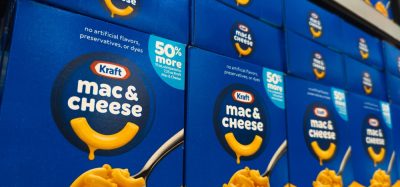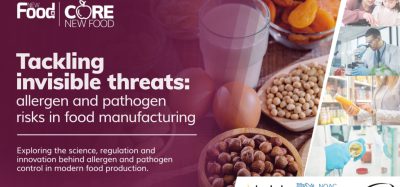RSSL sniffs out flavours with ‘artificial nose’
Posted: 7 September 2015 | Victoria White | No comments yet
RSSL’s new Proton Transfer Reaction Time of Fight Mass Spectrometer can identify the chemicals we sense by smell, at the moment we sense them…


RSSL, a provider of scientific and technical solutions to the global food and drink sectors, has installed new technology that can identify the chemicals we sense by smell, at the moment we sense them.


Researchers at RSSL say the new technology will have a massive impact on developing food and drink products that taste better, or in reformulating products to have the same sensory characteristics as established brands. Although manufacturers know a lot about the flavourings and ingredients that they put in to food products, they know far less about how consumers actually perceive them.
New technology will allow RSSL to assess flavour release in products that have been reformulated
The Proton Transfer Reaction Time of Fight Mass Spectrometer (PTR-ToF-MS) recently installed at RSSL will change all that. It acts like an ‘artificial nose’, detecting and identifying the chemicals in the nasal cavity as food is eaten and smelled. Critically, it can link the release of individual chemicals to actual sensory perceptions.
“There are many potential applications in the food and drink industry,” says Alex Webbe, who heads the team at RSSL that is using the device. “We can assess flavour release in products that have been reformulated, perhaps to decrease sugar, fat or salt, and really get to understand what impact the formulation changes have on flavours, and even how those flavours persist or are lost during the course of each mouthful. Similar studies might also determine how different packaging systems affect the foods we eat. We all know that just because something smells great as you open the packet, doesn’t mean it tastes great, and vice versa. This device will help explain why.”









